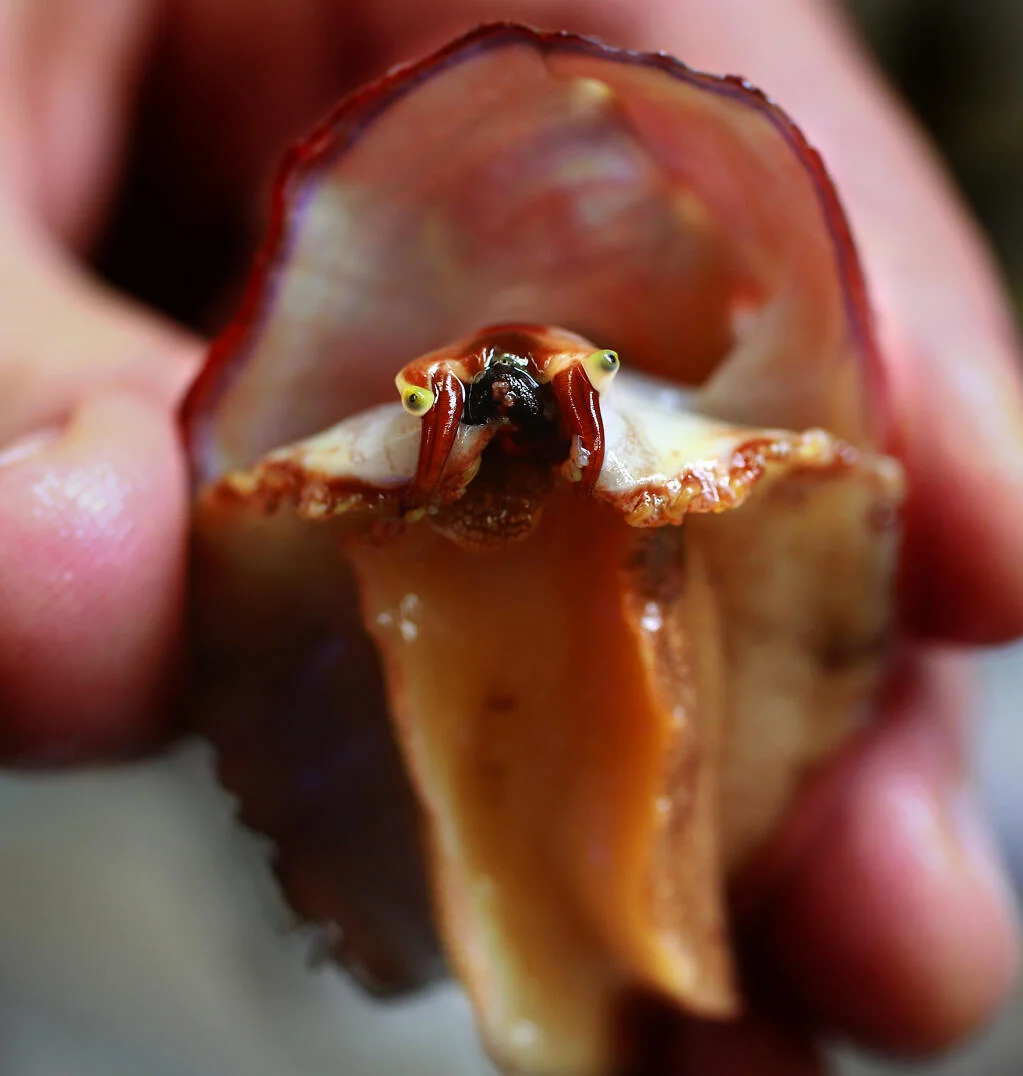
Saving The White Abalone: A Race Against Funding Cuts
In a pivotal moment for marine conservation, the white abalone species has shown signs of recovery thanks to dedicated research and breeding efforts at the Bodega Marine Lab. However, looming federal funding cuts threaten to undo years of hard work and progress in restoring this important marine invertebrate.
The plight of the white abalone comes into focus with the stark realization that these creatures were once on the brink of extinction, primarily due to a bacterial disease exacerbated by warming waters. The clean, cold depths of Bodega Bay have become a sanctuary, where scientists from UC Davis have tirelessly worked to cultivate and restore the population. Although the journey was fraught with challenges, between 2012 and 2017, bountiful spawning sessions began to yield significant results.
2019 marked a milestone in this initiative when a single abalone, affectionately known as Green 312, produced a staggering 20 million eggs. This success catalyzed the relocation of 17,000 abalone back into the wild—a beacon of hope for a species that many had feared lost. As Dr. Jessica Frederick, who leads the initiative, shares, "We’ve gone from, ‘This is a species that’s possible to save,’ to ‘We are saving this species.’" This transformation from despair to action illustrates the resilience of their efforts.
However, recent developments have thrown the future of this project into jeopardy. Dr. Frederick notes, "That’s the bittersweet thing about it. We’re having this breakthrough moment." These pending cuts have created a swell of concern not only among environmentalists but also local businesses that rely on healthy marine ecosystems. Terry Sawyer, co-founder of Hog Island Oyster Co., emphasizes the lab’s significance, stating, "We don’t operate in a vacuum. We have the need for understanding what the interactions are out there." Here lies a critical link—the laboratory's work shapes sustainable practices, vitally impacting the region’s seafood economy.
What's even more concerning is how these funding cuts might affect the broader community engagement that the lab has cultivated, including educational programs for local schools and collaborations with local restaurants that enhance public awareness on marine issues. A loss of this program would not only be a blow to science but also to community ties.
The urgency behind securing further funding is palpable. Dr. Frederick is exploring all avenues to maintain support, recognizing the need for state, corporate, or community revenues to bridge the looming financial gap. The lab's ability to continue its mission is critical, not just for the white abalone, but as a potent symbol of the interconnectedness of marine life and human stewardship.
As we await a decision, the question hangs heavily: Can we afford to lose a lifeline for the white abalone—and the community that thrives around it? The future of this species is now in the hands of policymakers, scientists, and the public alike. Will we stand together to save not just an animal, but a vital piece of our ecosystem? Share your thoughts in the comments below. How do you think we can best support marine conservation efforts locally and beyond?